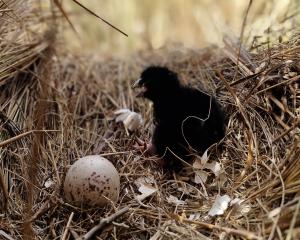
Jeremy Sampson, United States-based CEO of the Travel Foundation, shared insights into its report, Envisioning Tourism in 2030 and Beyond, with Destination Queenstown (DQ) members last Friday.
It looks at how global tourism can fully decarbonise by 2050, and meantime reduce emissions by 50% by 2036.
"Queenstown is really putting its hand up," Sampson says.
"We, working globally, absolutely need lighthouse examples we can bring to the industry to say, ‘this is what bold and courageous leadership looks like’."
Finland, Norway and Scotland are other global leaders, he says.
He says at the climate change conference this year, in Azerbaijan, there’ll be an increased focus on tourism.
"It’s an opportunity for New Zealand, and Queenstown, to be at the table as part of these wider discussions."
He admits there can be tension between trying to bring visitors here and trying to be leaders in climate change, "but I don’t see the two things as separate from one another".
The report says the tourism sector’s direct emissions are about 5% of global emissions, and transport represents 75% of that — air 40%, car 32%, other transport 3%.
In one of their conclusions, the report’s authors suggest pegging long-haul flights at 2019 levels till zero-emissions aircraft take over the skies, which could appear to threaten visitation from Queenstown’s long-haul markets.
However, Sampson says only 10% of trips need to shift during this period — by shifting some travel to short-haul, using rail, ferry or electric vehicle where possible, "and then the trips that remain long-haul are focused on maximising the carbon budget, so, spending longer in a place, spending more money".
"It doesn’t mean long-haul travel needs to go away completely."
DQ marketing & comms director Sarah O’Donnell says it’s important to realise short-haul visitors — Australian and domestic — make up 65 to 70% of the resort’s visitors, "so it’s not like we’ve got all our eggs in the [long-haul] market".
DQ CEO Mat Woods says with technology evolving, there’s "massive opportunity" for Queenstown to become a test centre for electric flights, "and I think particularly around something like Queenstown to Milford, which is a 40-minute flight".
He notes there’s already technology to electrify the fleet of Cessna Caravan-type aircraft currently on the route.
But by 2030, he adds, there’ll also be zero-emission planes that could fly across the Tasman — "once again, from a NZ-Australia point of view, we become a really important test case to showcase that technology".












